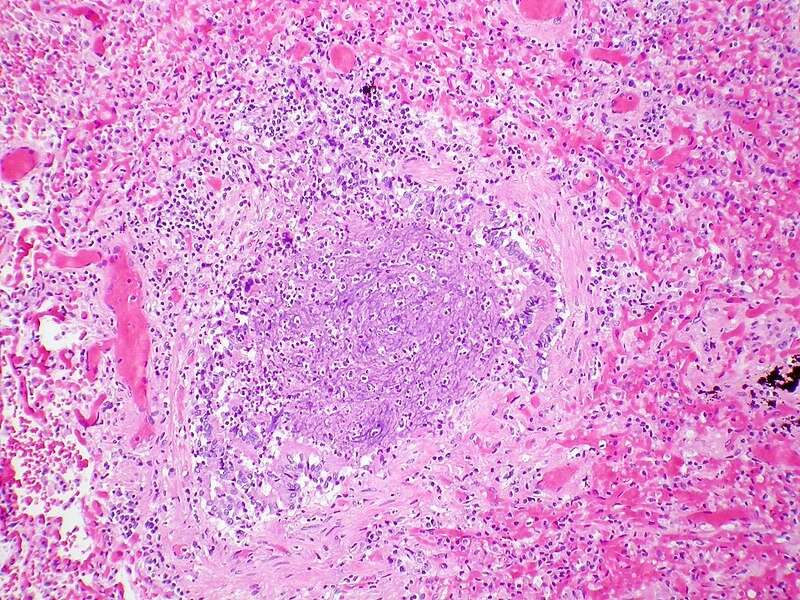

A type of viral lung infection called bronchiolitis is the leading cause of hospitalizations in U.S. infants as well as a major risk factor for developing asthma. New research led by investigators at Massachusetts General Hospital (MGH) has revealed a complex interplay among the infecting virus, the airway’s microbial composition and function, and the infant’s immune response that all contribute to a child’s risk of developing asthma after bronchiolitis.
The work, which is described in the European Respiratory Journal, relies on metatranscriptome profiles, or microbes’ RNA within certain environments—in this case, the airway of infants with severe bronchiolitis.
After analyzing tissue from the nasopharynx, or the upper part of the throat, of 244 infants hospitalized for bronchiolitis, the team identified five metatranscriptome profiles based on the infecting virus and the microbial composition and function of the nasopharynx. Infants with different metatranscriptome profiles not only had distinct microbial functionat the time of bronchiolitis.
Importantly, infants had different risks of developing asthma by age five based on their metatranscriptome profile. For example, infants with one profile had an approximate 40 percent risk of developing asthma. Therefore, interactions among the infecting virus, bacteria residing in the nasopharynx, and the infant’s immune system likely affect a child’s risk of developing asthma after severe bronchiolitis.
Source: Read Full Article